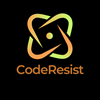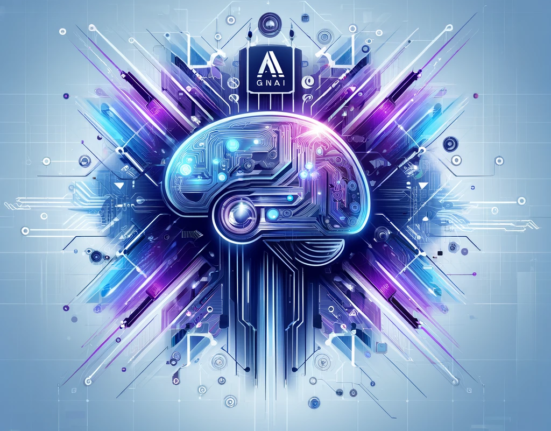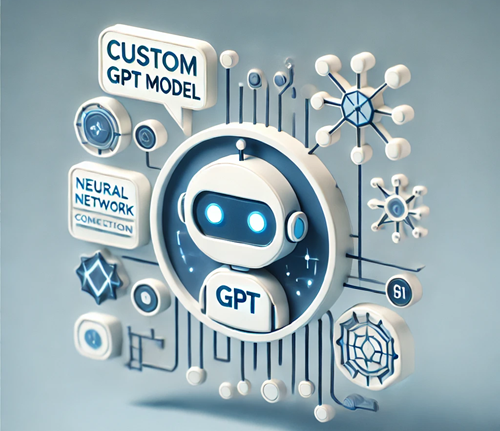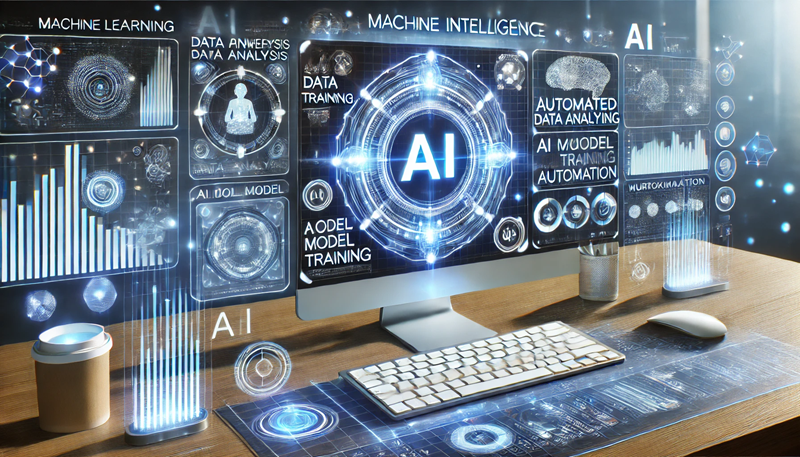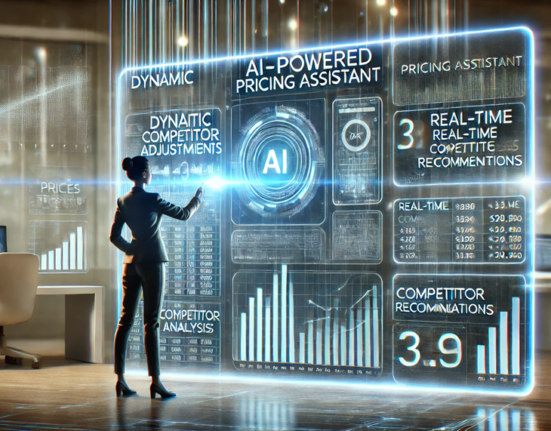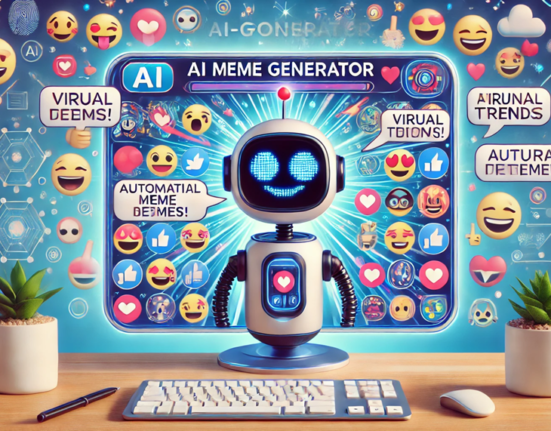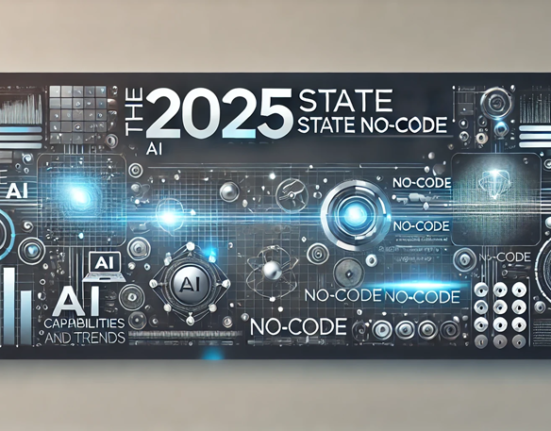Introduction: How Generative AI is Transforming Machine Learning Workflows
Generative AI is reshaping the world of machine learning automation, making it easier for businesses and researchers to build, train, and deploy AI models. With AI-powered ML platforms, companies can accelerate model development, automate data preprocessing, and optimize workflows with minimal human intervention.
If you’re looking for the best generative AI ML platforms, here are the top tools that will dominate the industry in 2025.
1. Google Vertex AI – Best for End-to-End Machine Learning Automation
Google Vertex AI is an AI-powered ML platform designed to automate every stage of the machine learning lifecycle. It enables businesses to build, deploy, and scale AI models seamlessly.
Key Features:
- Unified platform for automated ML model training and deployment
- Supports AutoML for no-code machine learning
- Integrated with Google Cloud for scalability and security
2. Amazon SageMaker – AI-Powered ML Model Training and Deployment
Amazon SageMaker provides AI-driven ML model training, deployment, and monitoring for businesses looking to scale AI operations.
Key Features:
- Automated ML workflow management
- Supports custom ML model development and optimization
- Integrated with AWS for secure cloud-based deployment
3. Microsoft Azure Machine Learning – Enterprise-Grade AI Automation
Microsoft Azure Machine Learning is a cloud-based AI platform that automates data science and ML workflows for enterprise users.
Key Features:
- AI-powered data preprocessing and feature engineering
- Low-code and no-code ML model creation tools
- Secure and scalable enterprise AI deployment
4. IBM Watson Studio – AI-Driven Data Science & ML Automation
IBM Watson Studio is an AI-powered machine learning automation tool that helps businesses streamline ML model building and data analysis.
Key Features:
- AI-driven data preparation and model training
- Supports automated machine learning (AutoML)
- Seamless integration with IBM Cloud and AI services
5. DataRobot – No-Code AI-Powered ML Platform
DataRobot is an automated machine learning (AutoML) platform that enables organizations to build AI models without extensive coding expertise.
Key Features:
- AI-powered ML model selection and optimization
- No-code and low-code tools for faster AI development
- Enterprise-grade AI deployment and monitoring
6. H2O.ai – Open-Source AI ML Automation
H2O.ai is an open-source AI platform that offers AutoML and deep learning capabilities for businesses looking to automate ML workflows.
Key Features:
- AI-powered automated machine learning (AutoML)
- Supports AI-driven predictive analytics
- Scalable ML model deployment in cloud and on-premises
7. Hugging Face – AI Model Hub for Generative AI & NLP
Hugging Face provides a powerful AI model hub for generative AI and natural language processing (NLP) applications, making it a go-to platform for AI developers and researchers.
Key Features:
- Pre-trained AI models for NLP and deep learning
- AI-powered collaborative model training
- Supports cloud-based ML model deployment
Conclusion: The Future of AI-Driven Machine Learning Automation
Generative AI is playing a pivotal role in automating ML workflows, reducing development time, and increasing efficiency. Whether you’re an enterprise looking for AI-powered ML platforms or a researcher in need of AutoML solutions, these platforms offer cutting-edge capabilities to streamline AI operations.
By integrating AI-driven ML automation tools into your workflow, you can focus more on innovation and less on repetitive tasks. As AI technology continues to evolve, the automation of machine learning will become even more sophisticated and accessible.
